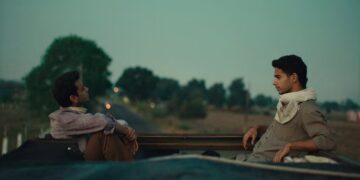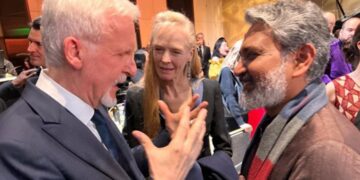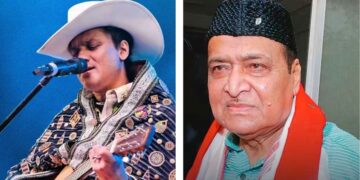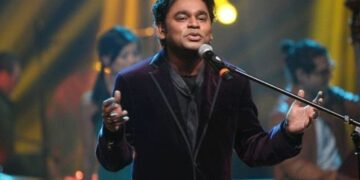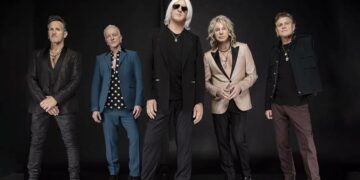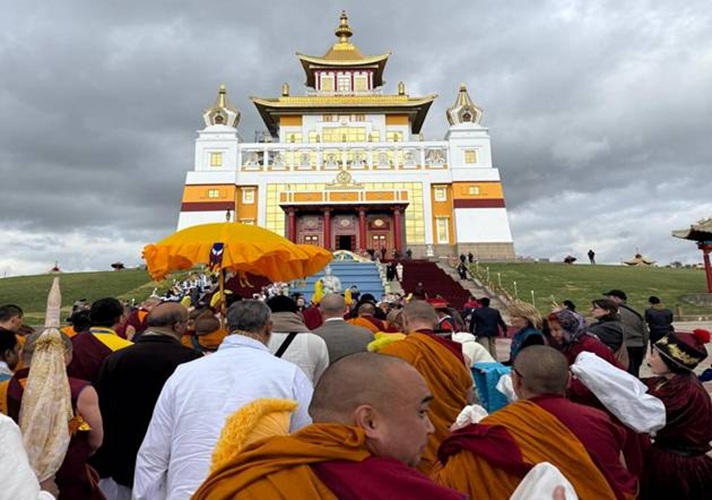New Delhi: The exposition of a portion of Lord Buddha’s sacred relics in Elista, the capital of Russia’s Kalmykia, has attracted more than 90,000 devotees since its arrival last week, officials said.
The relics, originally enshrined at India’s National Museum, were flown to Russia on a special Indian Air Force aircraft, reaching Elista on October 11.
They were temporarily installed at the Geden Sheddup Choikorling Monastery, also known as the Golden Abode of Shakyamuni Buddha, a major Tibetan Buddhist centre opened to the public in 1996 and located amidst the Kalmyk steppe.
Jammu and Kashmir Lieutenant Governor Manoj Sinha, who arrived in Elista on Friday, is leading an Indian delegation that will accompany the relics back to India on October 19.
Speaking to local media after paying homage, Sinha said the exposition strengthens people-to-people ties between India and Russia.
The relics were initially scheduled for exhibition in Kalmykia from September 24-28 but faced delays due to logistical and technical issues.
On arrival, Sinha was received by Kalmykia officials, including First Deputy Chairman Tserenov Erdni Nikolayevich and Deputy Chairman Dzhambinov Ochir Vladimirovich, along with India’s Deputy Chief of Mission Nikhilesh Giri.
A high-level delegation, led by Keshav Prasad Maurya, Deputy Chief Minister of Uttar Pradesh, and senior Indian monks, has been conducting special religious services and blessings for the local Buddhist population. Kalmykia is the only region in Europe where Buddhism is the predominant religion.
ALSO READ: Meghalaya CM hails 10-fold rise in SHGs, pledges support for women empowerment
Officials described the exposition as historic, marking the first of its kind in Kalmykia, and a testament to India-Russia civilisational ties.
It also honours the legacy of 19th Kushok Bakula Rinpoche, the revered Ladakhi monk and diplomat who played a key role in reviving Buddhism in Mongolia and Russian regions such as Kalmykia, Buryatia, and Tuva.
The event was organised by the BTI section of the Ministry of Culture, in collaboration with the International Buddhist Confederation (IBC), National Museum, and the Indira Gandhi National Centre for the Arts (IGNCA).


